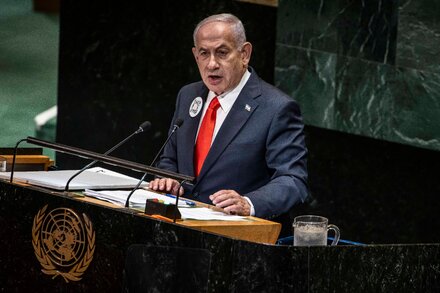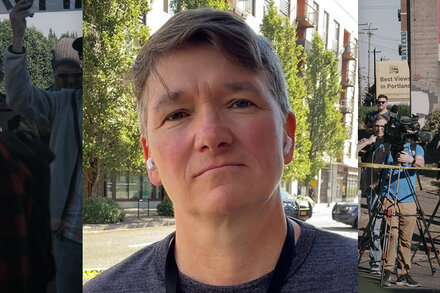Debate Intensifies Over High-Skilled Visas Amid Proposed $100,000 Fee
The long-standing debate surrounding the efficacy and fairness of the H-1B visa program, a crucial pathway for high-skilled foreign workers to enter the United States, has been reignited by a proposal from former President Donald Trump to impose an unprecedented $100,000 fee for each application. While proponents suggest such a measure could curb perceived abuses and protect American jobs, critics argue it would fail to address the program’s fundamental flaws and could instead deter essential global talent.
Persistent Problems Plague the H-1B System
The H-1B visa program, designed to allow U.S. employers to temporarily employ foreign workers in specialty occupations, has been a cornerstone of the American technology sector and other industries requiring highly specialized skills. However, it has faced consistent scrutiny over several core issues.
Critics frequently point to allegations of wage depression for American workers, particularly when companies are accused of using the H-1B program to access cheaper labor. Concerns about fraud and abuse are also prevalent, with instances reported where consulting firms, often dubbed “body shops,” allegedly exploit the system through multiple lottery applications or by benching workers without projects.
Furthermore, the annual cap of 85,000 visas (including 20,000 for those with U.S. master’s degrees or higher), coupled with soaring demand, means the program relies on a lottery system that often leaves many highly qualified individuals unselected. This randomness, critics argue, does not always guarantee that the “best and brightest” are chosen or that visas are allocated to roles of the highest national economic priority.
Trump’s $100,000 Fee: A Proposed Solution?
Amidst these challenges, former President Trump’s reported proposal for a $100,000 H-1B application fee is presented by its advocates as a direct and impactful solution. The rationale behind such a steep increase is to make it significantly more expensive for companies to hire foreign workers, thereby incentivizing them to prioritize American citizens for available positions. Supporters argue this would lead to higher wages for domestic workers and reduce the overall reliance on overseas talent.
Skepticism Over Efficacy and Unintended Consequences
However, immigration policy experts and industry leaders largely express skepticism that a $100,000 fee would effectively solve the H-1B program’s entrenched problems. Many contend that such a measure is a blunt instrument that could introduce a host of new issues.
“While the desire to protect American jobs is understandable, a $100,000 fee is a blunt instrument,” states Dr. Elena Rodriguez, an immigration economics professor at Northwestern University. “It would likely price out innovative smaller firms and could inadvertently push top talent to competitors abroad, ultimately harming U.S. competitiveness.”
Critics argue that a prohibitive fee would disproportionately impact startups and mid-sized companies, which often rely on highly specialized foreign talent to innovate and grow but lack the deep financial resources of larger corporations. This could consolidate H-1B usage among the wealthiest companies, potentially exacerbating existing market power imbalances.
Moreover, experts warn that such a policy could lead to a significant “brain drain,” with highly skilled individuals, particularly those in cutting-edge technological fields, opting to pursue opportunities in other nations like Canada, Australia, or European countries that actively recruit global talent. This outflow could diminish America’s competitive edge in key industries.
“Addressing the H-1B’s deep-seated issues requires nuanced policy — perhaps revising the wage structure, strengthening enforcement against fraud, or re-evaluating the lottery system itself,” noted Sarah Davies, an immigration policy analyst. “A flat fee of this magnitude is a punitive measure that misses the mark on systemic reform.”
Instead of addressing the structural flaws of the program – such as the lottery’s design, the definition of “specialty occupation,” or the mechanisms for preventing fraud – a high fee primarily acts as a revenue-generating measure, critics suggest, without targeting the root causes of alleged abuses or ensuring that the most valuable talent is retained.
As the debate continues, the focus remains on finding comprehensive solutions that balance the protection of American workers with the nation’s need to attract and retain global talent to sustain its economic and innovative leadership.
Source: Read the original article here.





